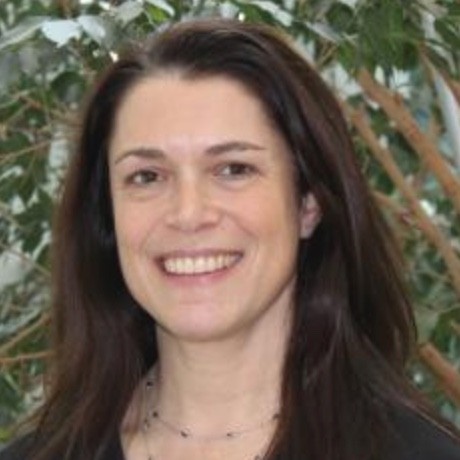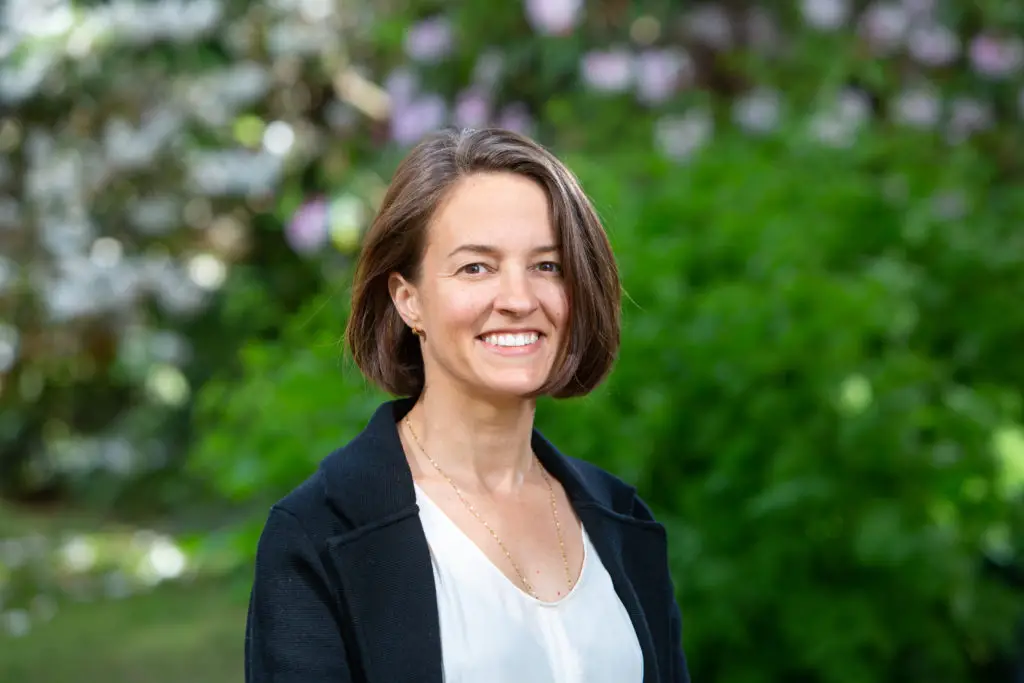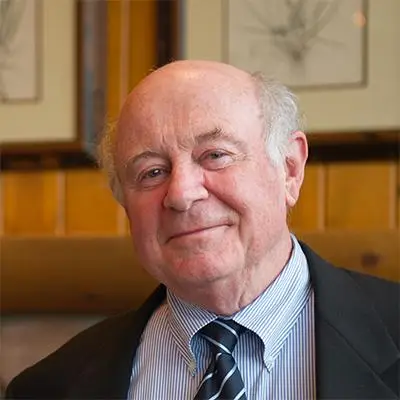- Research Reports
Running Fast but Not Getting Far: Five Years of Studying the Pandemic’s Impact on Education
Lydia Rainey, Paul Hill, Lisa Chu, Daniel Silver
This report distills five years of research to understand how the pandemic reshaped public education. Drawing from over 100 reports and articles, we examine the crisis response, recovery efforts, and ongoing challenges facing schools today.










